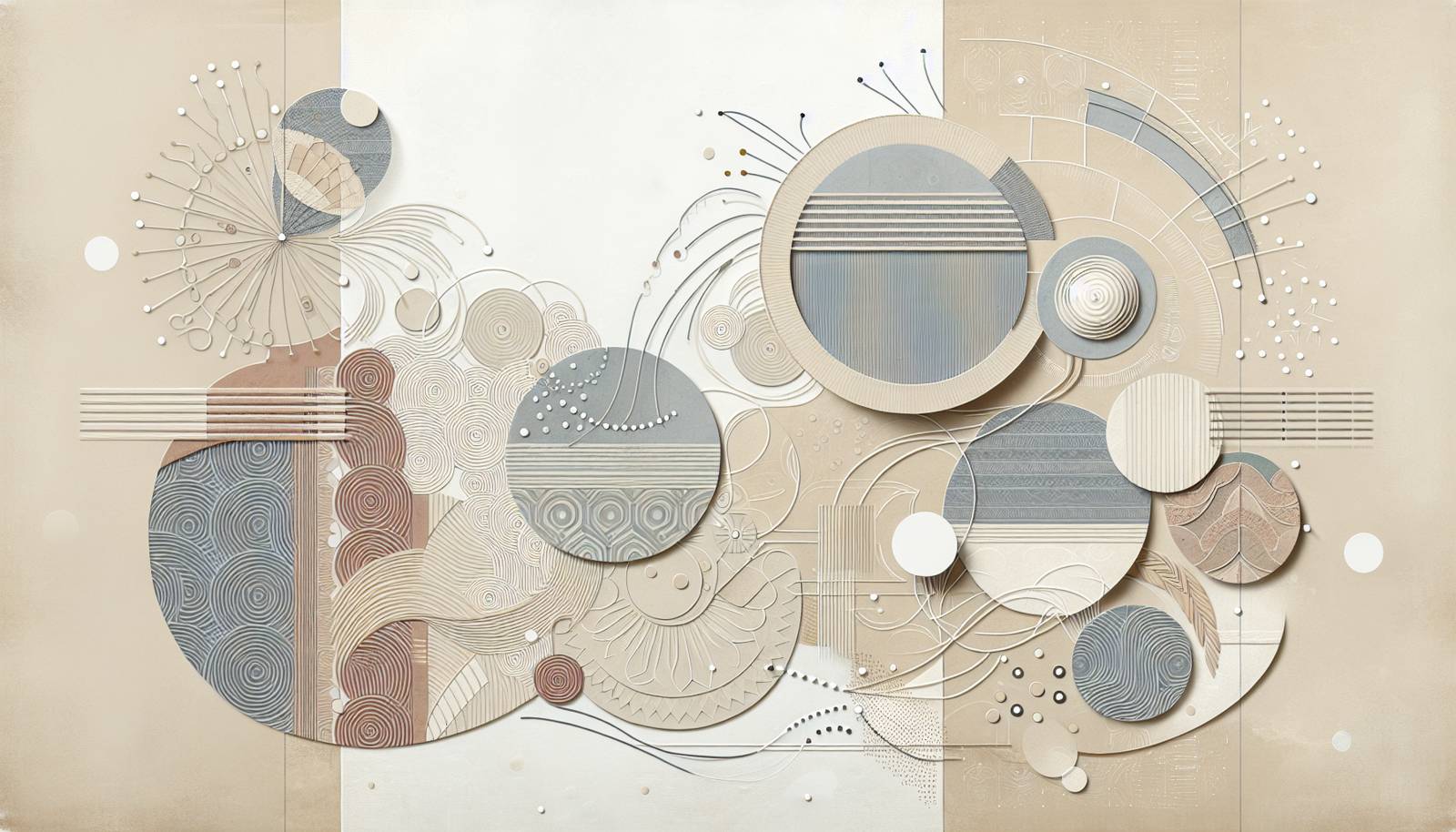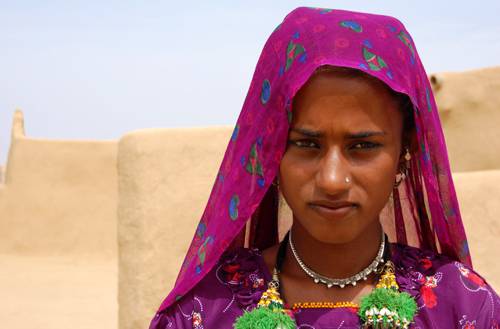
FAQ About The Role of Body Piercing in Cultural and Artistic Expression

What is the historical significance of body piercing in various cultures?
Body piercing has a deep-rooted history in many cultures, often serving as a symbol of status, identity, and spirituality. In ancient Egypt, piercings were associated with royalty and nobility. Native American tribes used piercings in rites of passage and spiritual ceremonies. In India, nose piercings are traditional in some regions, often symbolizing marriage.

How is body piercing used as a form of artistic expression?
Body piercing as artistic expression allows individuals to showcase their personal style and creativity. The choice of piercing location, type of jewelry, and design can convey unique artistic statements. Artists often custom-make jewelry for piercings, turning the human body into a canvas for art.

What are some contemporary cultural practices involving body piercings?
In modern times, body piercings are seen in various subcultures, where they serve as a form of identity and group association. For instance, in punk and goth cultures, piercings may symbolize rebellion and a break from mainstream norms. Additionally, in many urban societies, piercings are embraced as a mainstream fashion statement.

Are there any cultural taboos associated with body piercing?
Yes, cultural taboos around body piercing vary widely. In some conservative societies, body piercings, especially in unconventional places, are discouraged or frowned upon. Cultural attitudes often depend on religious, social, and familial beliefs, with resistance often based on perceptions of deviating from traditional norms.

How has body piercing evolved over the years?
Body piercing has evolved from strict cultural rituals and social markers to becoming a widespread and accepted form of self-expression. While once primarily ritualistic, contemporary piercings often blend traditional practices with personal aesthetics, influenced by globalization and cross-cultural exchanges.

What are the different types of piercings used in cultural rites?
Different cultures employ various types of piercings in rites; examples include ear stretching in African tribes as a symbol of wisdom and maturity, nasal septum piercings in tribal rites in Papua New Guinea, and labret piercings in Amazonian tribes to signify beauty and social status.

Can body piercings be considered an art form?
Yes, body piercings can indeed be considered an art form. The creative design, craftsmanship of the jewelry, and aesthetic placement on the body contribute to its artistic nature. This art form combines cultural heritage with individual expression, making each piercing unique.

What are the risks associated with body piercing as a cultural practice?
There are several risks associated with body piercing, including infections, allergic reactions, and scarring. In cultural contexts, these risks are sometimes mitigated by traditional methods and practices that emphasize hygiene and proper healing. It's important to use sterilized equipment and follow aftercare instructions to minimize health risks.

Why do people choose to have multiple body piercings?
People opt for multiple body piercings for personal expression, to reflect their individuality and style, and as a statement of belonging to a particular cultural or social group. Each piercing can carry distinct meanings and symbolize achievements, milestones, or affiliations.

How do cultural perspectives on body piercings differ globally?
Cultural perspectives on body piercings vary around the world. In Western societies, piercings might be seen as personal adornments and fashion statements. In contrast, in certain tribes, they hold specific cultural meanings tied to age, status, and tribal affiliation. These perceptions reflect diverse historical contexts and social values.

What role do body piercings play in fashion and media?
Body piercings play a significant role in fashion and media, where they are often used to make bold statements. Celebrities and influencers frequently showcase piercings on social platforms, making them more mainstream and popularizing new trends. They help bridge the gap between cultural practices and contemporary style.

How do rituals involving body piercings differ from culture to culture?
Rituals involving body piercings can vary significantly across cultures. For example, some African tribes use ear piercings as part of a coming-of-age ceremony, while in India, ear and nose piercings are often performed as auspicious religious and familial rituals. The ritual's nature reflects cultural values and beliefs.

What materials are traditionally used in cultural body piercings?
Cultural body piercings have historically utilized materials like bone, wood, ivory, gold, and silver, reflecting the socio-economic status and availability of materials. In contemporary settings, these materials have expanded to include surgical steel, titanium, and bioplastics due to their safety and durability.

Are there any religious beliefs that influence body piercing practices?
Yes, religious beliefs can significantly influence body piercing practices. For instance, Hindu and Muslim women in India traditionally pierce their noses as a cultural and sometimes religious practice. Some Native American tribes incorporate piercings for spiritual reasons, believing it connects them to their ancestors or spirits.

What is the significance of jewelry choice in body piercings?
The choice of jewelry in body piercings often carries cultural significance and personal meaning. In some cultures, wearing gold signifies wealth and status, while others might choose specific stones or designs for their symbolic meanings, such as protection or spirituality.

How do artists combine cultural elements with modern aesthetics in body piercings?
Artists often blend cultural elements with modern aesthetics in body piercings by using traditional motifs and adapting them with contemporary design techniques. This fusion not only honors cultural heritage but also appeals to modern sensibilities, creating a unique and expressive art form.

What are the most popular types of body piercings today?
Today, some of the most popular types of body piercings include ear piercings (like lobes and cartilage), nose piercings, tongue piercings, and navel piercings. These types reflect current fashion trends and the influence of celebrities and media culture.

How does body piercing symbolize identity and self-expression?
Body piercing symbolizes identity and self-expression by allowing individuals to convey their personalities, beliefs, and affiliations through visible modifications. Each piercing can represent unique personal stories, making it a powerful tool for self-identity.

Are there any misconceptions about body piercing in cultural expression?
Common misconceptions about body piercings as cultural expression include the belief that they are a modern fashion trend rather than a historical practice. Additionally, some may incorrectly assume that all piercings carry the same meanings across cultures, ignoring their diverse and specific cultural significances.

How do body piercings intersect with contemporary issues of identity and autonomy?
Body piercings intersect with contemporary issues of identity and autonomy by challenging conventional beauty standards and societal norms. They act as a form of personal empowerment, allowing individuals to exert control over their bodies and express their identities in unique ways.
